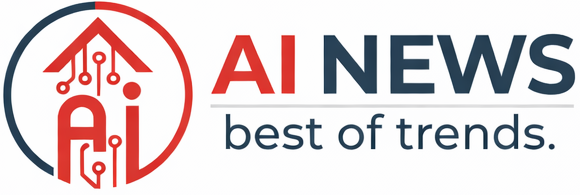AI Software Streamlines Academic Success
As students prepare to enter the job market, several AI powered tools are proving ever more useful. These are tools students are likely to use long after they’ve graduated and become embedded in the workforce. For example: Canva helps build compelling presentations to powerfully communicate ideas; Grammarly enhances written communication; and Google’s NotebookLM optimizes learning management. Each adds unique value to the academic workflow.
Grammarly has long been used as a writing tool that aids with proper spelling and grammar and makes style recommendations during the writing process. Grammarly’s revolutionary Author tool represents a paradigm shift in academic integrity validation. Rather than relying on traditional plagiarism detection — a methodology with the potential for false positives — Author takes a proactive approach to documenting the writing process and ultimately providing evidence of original content. The enterprise implementation integrates seamlessly within institutional Google Workspace and Microsoft environments, enabling faculty to observe authentic development of student work, from conceptualization through revision cycles.
LEARN MORE: Canva eases students’ transition to the workforce.
Canva also is a tool to communicate ideas and stories but through powerful visual presentations rather than through writing. The enterprise platform provides students with the tools to transform conceptual thinking into compelling narratives. Canva offers sophisticated design capabilities, including individually customized templates for presentations, research posters and digital media assets. The integrated functionalities provide students with a platform that manages student-created media and offers advanced photo editing and video production capabilities within a unified interface.
Complementing these platforms, Google NotebookLM’s recent integration into core Google Workspace offerings represents a significant advancement in knowledge organization capabilities. This enterprise solution enables students to consolidate course materials and original content within secure, domain-restricted environments, addressing critical data privacy requirements while delivering sophisticated organizational capabilities. Built on Google Gemini, NotebookLM gives students a safer environment for supplementing study resources and practice assessments within the college or university domain.
Strategic integration of enterprise-level AI platforms constitutes a transformative approach to academic productivity. While Canva facilitates sophisticated visual communication through intuitive design interfaces, Grammarly’s Author tool validates academic integrity through comprehensive documentation of original thought development, and Google’s NotebookLM optimizes learning management through student-curated course content — each representing powerful, college-level AI solutions integrated into an enterprise-level academic workflow ecosystem.
DISCOVER: CDW’s artificial intelligence services can boost efficiency in higher ed.
Software Investments Support Institutional Goals
Attracting students has never been more challenging. Enrollment in colleges and universities is down across the country. Additionally, many young people are questioning the investment value of a four-year degree and think about alternative paths into the workforce, such as trade schools. As a result, academic institutions are struggling to develop enterprise-level technology solutions to differentiate institutional offerings. While some institutions may have balked at IT tools such as Canva, Grammarly and NotebookLM, today they are embracing them as a powerful incentive to draw a new generation of prospective students while retaining current ones.
From board members to senior executives in the college president’s cabinet, campus officials are seeing the relevance and importance of AI tools not only for attracting and retaining students but also as critical assets for cybersecurity, which has become an increasing concern across campuses large and small. As academic institutions adopt more virtual programs, cyberattacks will only only become more problematic, and AI is a powerful weapon in the arsenal to combat their ill effects.
UP NEXT: Managed security services can help institutions strengthen their defenses.
With the increased popularity and widespread use of tools like Canva, Grammarly and NotebookLM, it is incumbent on faculty and academic success units to provide guidance on integrating these tools into the academic workflow. A good place to begin — and many already are — is by developing policies that delineate when it is appropriate for students to use these tools. It’s easy to picture a future in academia where a data governance committee plays an increasingly important role in the use of AI tools in the academic setting, not only for students but also for faculty and staff. Indeed, many students come from high schools that have data governance rules in place, and they’ll enter a workforce with such rules. It only makes sense that their colleges — the midway point — have these policies too.
CDW can help higher education IT leaders determine which creative tools are right for their students and faculty and integrate them into their tech stacks. Navigating the licensing options related to new software can be complicated, but CDW’s experts can help institutions determine the best fit for their needs.
Source link
#Transforming #Student #Success #Enterprise #Technology






























